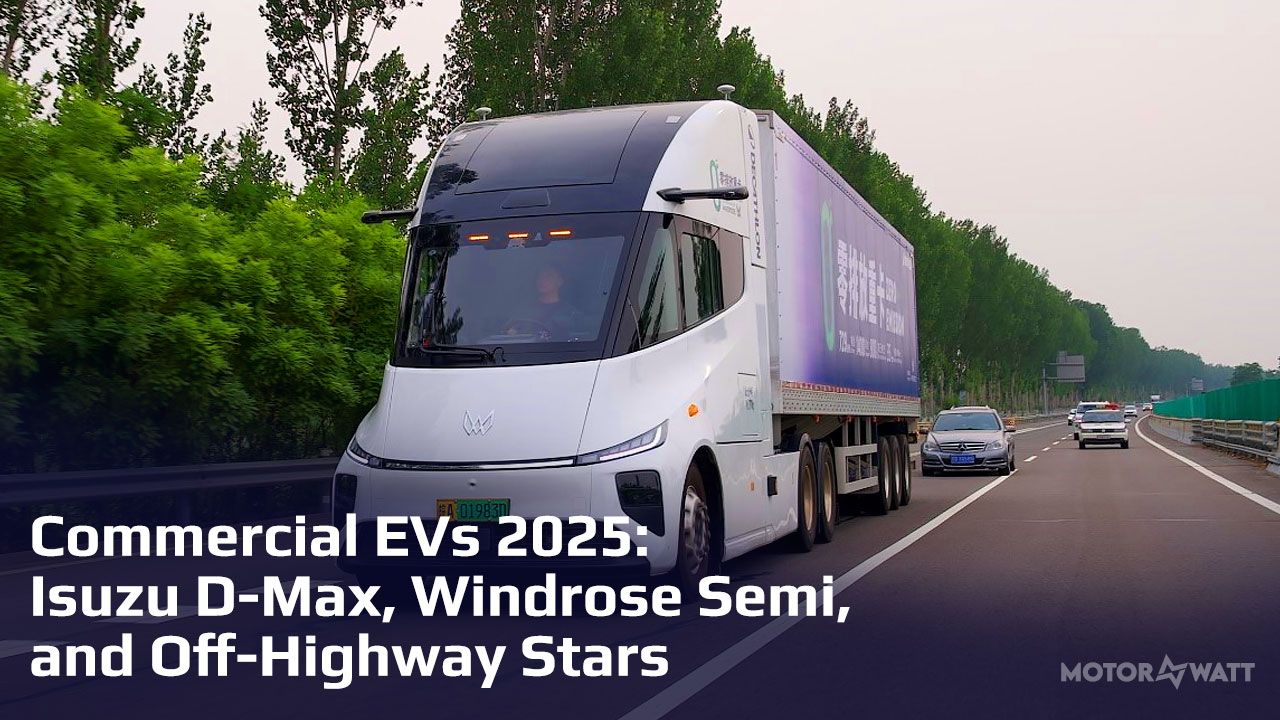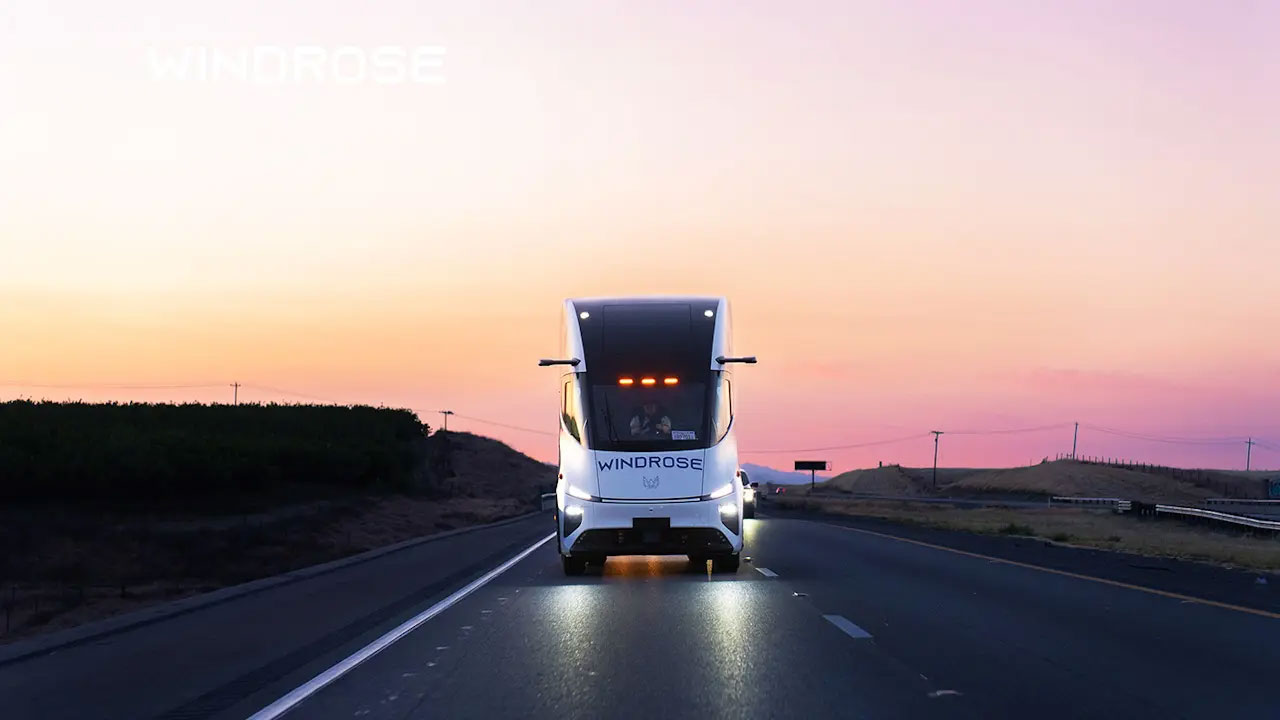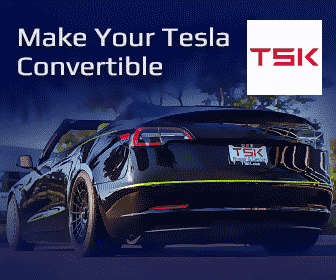Commercial EVs 2025: Isuzu D-Max, Windrose Semi, and Off-Highway Stars
Share this article in Social Media:

Commercial EVs like the Isuzu D-Max and Windrose electric semi are redefining work vehicle fleets in 2025. With up to 670 km of range, export power features, and rising adoption in construction and agriculture, these vehicles blend utility with zero emissions.
What is a Commercial EV?
Commercial EVs cover electric trucks, pickups, and off-highway vehicles designed for heavy lifting—not just commuting. In 2025, the category is exploding, led by the Isuzu D-Max EV pickup, Windrose electric semi, and a host of electrified construction and farming rigs. These machines aren't chasing style points—they're answering real-world needs: hauling, towing, digging, and doing it without spewing emissions. Whether it’s a 3.5-ton towing capacity or a 729-kWh battery pack, commercial EVs are stepping out of the shadows and into fleet contracts across the globe.
Isuzu D-Max EV Pickup: Utility Meets Electrification
Isuzu’s first electric pickup—unveiled in Bangkok and rolling out in Norway—is no soft city cruiser. It’s got dual motors, full-time 4WD, a 66.9 kWh battery, and it hauls over 1,000 kg with a tow rating matching diesel rivals at 3,500 kg. Range? About 263 km (163 miles), which won’t win long-haul prizes but fits the bill for local and regional jobs. And with features like power export for job sites, it’s ready to plug in tools as well as chargers. From construction zones in Thailand to fleets in the UK, it’s a no-nonsense truck for industries under pressure to clean up.

Windrose Semi: China’s Electric Heavy Hitter
Enter Windrose—China’s bold Tesla Semi challenger. With 670 km (418 miles) of loaded range, a 729 kWh battery, and a $250,000 price tag, it mirrors Tesla’s specs but takes a more aggressive global stance. U.S. factory in Georgia? Check. European production in Belgium? Coming soon. With 6,400 orders and backing from major logistics players like Nike, Windrose is building steam fast. Its strategy? Compete on cost, range, and availability while riding policy winds like the EPA’s push for 25% electric long-haul trucks by 2032. X chatter calls it a “Tesla twin,” but make no mistake—this startup’s hungry.

Off-Highway Electric Vehicles: Quiet Giants of Construction and Farming
You won’t see these EVs on highways, but they're making just as much noise—figuratively, not literally. Electric tractors, excavators, loaders, and mining rigs are charging into a market projected to hit $56.48 billion by 2034. Volvo and Caterpillar are electrifying urban construction fleets. Turntide’s new NMC packs push out 120 kWh for long shifts in rugged conditions. John Deere’s electric tractors offer fuel savings up to $2,650 a year versus diesel. And mining operations? They’re swapping out diesel monsters for clean-air machines that don’t choke crews in tunnels. These aren’t future concepts—they’re workhorses with lower operating costs and cleaner footprints.
Why Commercial EVs Are Gaining Traction Fast
Fleet buyers care about cost per mile, downtime, and compliance—not just the badge on the grille. That’s why these EVs are pulling ahead. TCO is finally beating diesel, especially with depot charging and lower maintenance. Emissions rules in the EU, California, and China are tightening, forcing companies to switch—or pay. Amazon, already running 50 Volvo electric trucks in California, is proof that sustainability sells. Even regions with limited infrastructure are getting on board, from Nairobi’s growing e-bus fleets to farmers in Germany using electric harvesters. Commercial EVs thrive in niches where range anxiety meets practical routes, and savings speak louder than skepticism.
Challenges Ahead: Infrastructure, Range, and Policy Potholes
It’s not all smooth sailing. That 263 km range on the D-Max EV? Great for job sites, not ideal for long-haul. Windrose’s 670 km is solid, but charging networks for big rigs are still catching up. And let’s talk cost—these vehicles aren’t cheap upfront, even if they win over time. Policy swings (like potential U.S. incentive cuts or shifting tariffs) could slow momentum. And off-road EVs face unique hurdles: how do you charge an excavator halfway up a mountainside? Still, battery prices keep falling—down 90% since 2010—and solid-state and faster Level 3 charging are on the horizon.
Electric Truck and Off-Highway EV Market Growth
Forecasts are bullish. By 2033, the electric truck market is projected to hit $13.7 billion with a 31.3% CAGR. Heavy-duty rigs like Windrose’s are expected to dominate that curve. Meanwhile, the off-highway segment will push toward $56 billion by 2034 as mining, agriculture, and infrastructure overhaul their fleets. Asia-Pacific leads the charge, but Europe and North America are ramping up thanks to mandates, funding (like California’s $1 billion EPA grant), and sustainability pledges. The global fleet is being rebuilt, and commercial EVs are at the center of it.
Pros and Cons of Commercial EVs
Pros
- Lower operating and fuel costs vs. diesel
- Zero emissions meet strict environmental rules
- Strong torque and payload performance
- Growing demand in logistics, agriculture, and construction
- Global expansion with localized production (e.g., Windrose in U.S. and EU)
- Power export features for job sites
- Corporate and public incentives improving ROI
- Policy support from EPA, EU, and Asian governments
Cons
- Higher upfront costs due to battery size
- Limited public charging infrastructure for heavy-duty EVs
- Range limitations for long-haul or rural operations
- Policy volatility in key markets (e.g., U.S. tariffs)
- Off-highway EVs face charging access challenges
Final thoughts
Commercial EVs are more than a buzzword—they’re reshaping industries that once ran on diesel and downtime. Whether it’s a pickup with power export, a semi crossing states, or an electric backhoe digging in silence, these vehicles are here to work. And in 2025, they’re finally ready for prime time.











